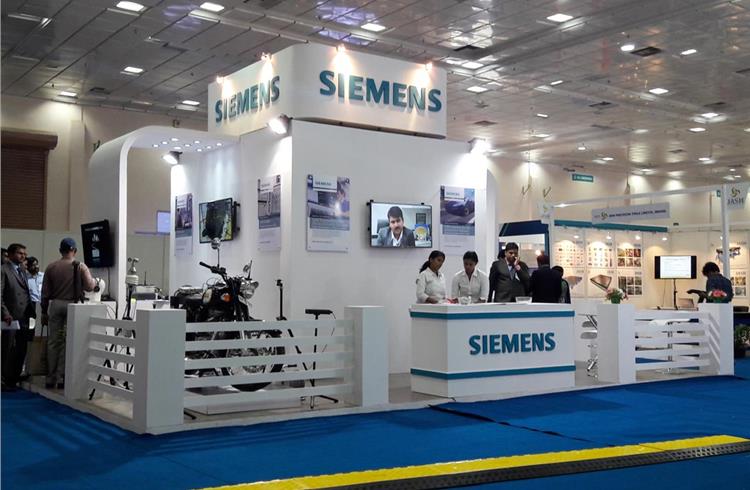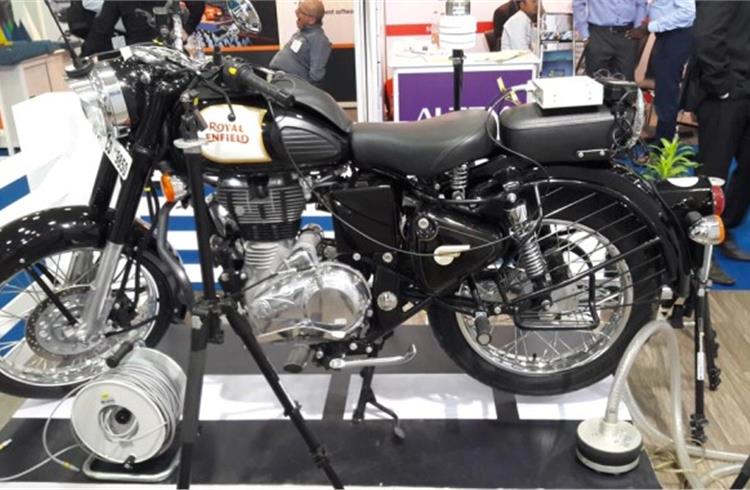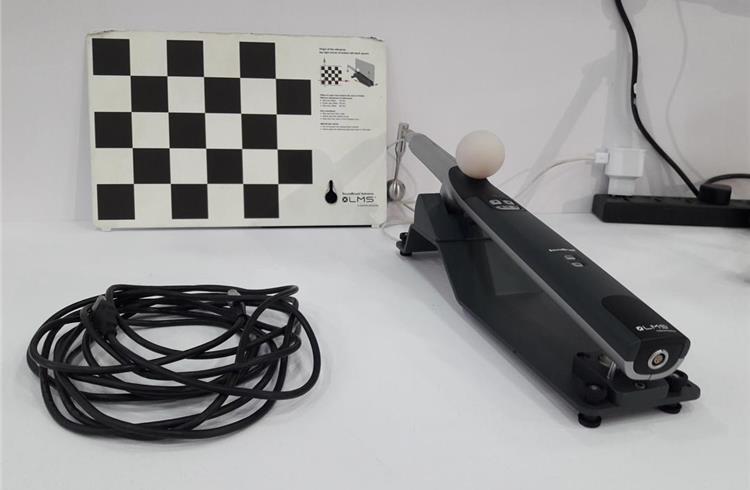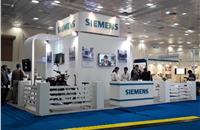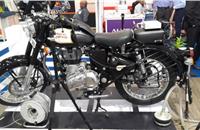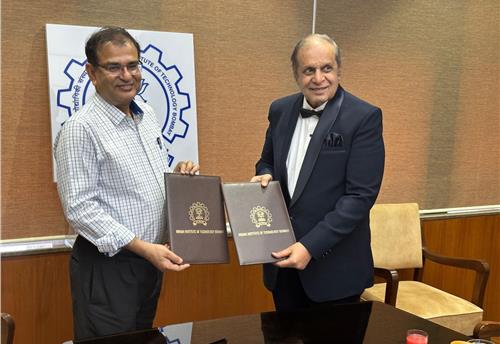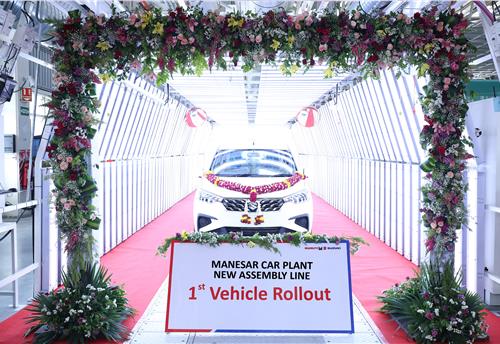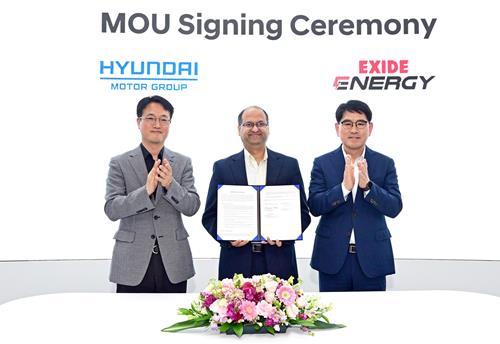Siemens brings its digital factory to India
The electronics and industrial major is talking to several automotive OEMs in India about its PLM (product lifecycle management) software and its tools.
Germany headquartered, Siemens, an electronics and industrial conglomerate, is talking to several automotive OEMs in India about its PLM (product lifecycle management) software and its tools.
Explaining its approach in the industry software division, S Kumaraswamy, technical manager, test solutions and engineering services, simulation and test solutions, Siemens Industry Software (India – digital factory division), told Autocar Professional that “PLM software falls under digital factory. It is one of the nine divisions within Siemens. We also call it as digital twin and the whole idea behind this is to have everything captured in a virtual environment so that the companies do not put too much time and efforts in manual testing, validation and prototype refinement. This ensures design right first time. We also call this as front loading, decisions and testing at the concept level.”
The digital factory, as understood, is a virtual platform that enables all the tools to carry out tests and simulations in a digital environment using the PLM software. The software tools, as company officials say, can extend help right from the concept or one-dimension level.
Citing an example in this context, Kumaraswamy said: “Can I make a car with a downsized two-cylinder engine? So one can use PLM software to see how feasible this can be instead of failing at the product level. We have a solution called Imagine Lab, which is about putting all your concepts in a model. It’s a mathematical one-dimension model that will, in this case, tell you the impact of fuel economy, torque fluctuations releasing lot of noise and vibration levels and other parameters. This lab enables you to take decisions before you even reach the stage of CAD / CAE.”
Scalable software
The PLM software works on model-based systems engineering. Systems engineering could be understood in the context of a vehicle, which can also be referred to a system of systems. Within the ambit of model-based systems engineering, as Siemens officials say, users can start modelling each of the said systems (or individual structures / clusters) at the very beginning of the product development and validate them in the model stage.
“This is the digital twin concept. It essentially is software that runs on a validated mathematical model / principles. For example, what potential size of the HVAC system should I have in a car to maintain a particular temperature level without generating too much of heat? The first level (one dimension) can sort out such issues easily. Then you go to the CAD level for design. We help auto R&D officials in this domain,” he added.
Siemen’s PLM software stretches from product conceptualisation to realisation and even after-sales services and operations, say officials.
Kumaraswamy further elaborated, “Once you are convinced on your design, you build a CAD model. Siemens PLM has NX CAD for that. Then comes our 3D simulation software, which helps in performance simulation. It could be prediction of noise, vibration, durability, motion, handling, dynamics and multiple factors. Once you have done this, you have to manufacture it. Siemens PLM has a solution called Tecnomatix, which helps you in simulating digital manufacturing. This involves setting up of a shopfloor, layout and multiple things in the product manufacturing – all on a digital level.”
According to the company, the scalable software can be used in the development of vehicles ranging from two-wheelers to commercial vehicles and construction equipment.
“We are working to make testing systems smart in terms of getting data faster. For example, the sound brush tool can help an engineer with information on noise source from a vehicle within minutes,” revealed Kumaraswamy.
All in all, the fourth Automotive Testing Expo saw a good visitor turnout. While it is still early days to determine the kind of business that took place in the three-day show, what was apparent was the huge industry interest in BS VI-ready technology, products and services. Clearly, automakers and component suppliers want to be on top of the emissions issue when the new norms come into effect in April 2020. Now, it's up to the oil companies to deliver the clean fuel.
RELATED ARTICLES
IIT Bombay inaugurates Arun Firodia Research Floor
IIT Bombay, one of India’s top technical and research institutions, honours Kinetic Group chairman Dr Arun Firodia, one ...
Maruti Suzuki expands capacity at Manesar plant by additional 100,000 units
New assembly line at Plant A expands total manufacturing capacity at the Manesar plants to 900,000 units per annum. Alon...
Hyundai and Kia partner Exide Energy to produce LFP batteries in India
Partnership with Exide Energy enables Hyundai Motor and Kia to equip future EVs in the Indian market with locally produc...





 By Amit Panday
By Amit Panday
 03 May 2016
03 May 2016
 6003 Views
6003 Views



